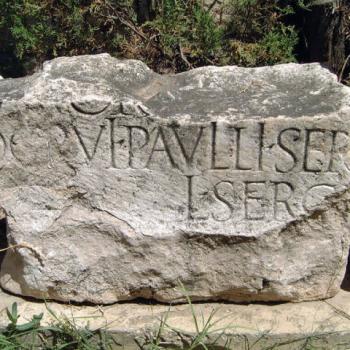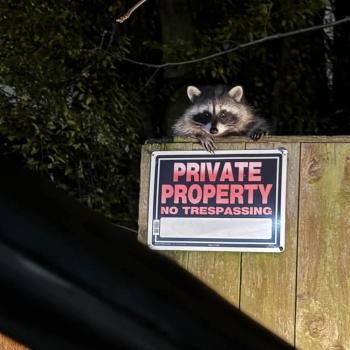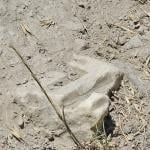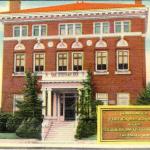If you really want to get the feel of the past, take a trip south of Georgetown S.C. to the old rice plantation at Hopsewee, still privately owned. Even the road into the plantation is olde worlde….
 Here are the helpful signs outside the plantation….
Here are the helpful signs outside the plantation…. 
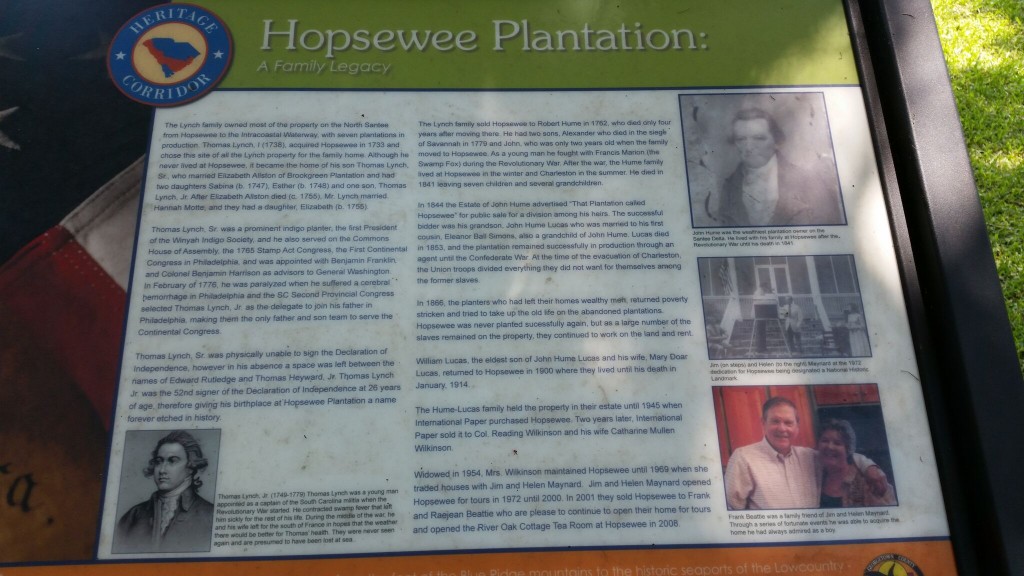
There are few bluffs in the coastal part of S.C. but Hopsewee is the Indian word for bluff, and there is one overlooking the Santee river…..and this is the beautiful setting for this house….

 The front of the house, where Asbury once rested on one of his many preaching tours, faces the river itself, because most would access the house on the Santee river…
The front of the house, where Asbury once rested on one of his many preaching tours, faces the river itself, because most would access the house on the Santee river…
 Here is the carriage stone where one would step down from the carriage or horse, right in front of the house…..
Here is the carriage stone where one would step down from the carriage or horse, right in front of the house….. Rice plantations are rather different from cotton plantations in that they require coastal marshes in South Carolina.
Rice plantations are rather different from cotton plantations in that they require coastal marshes in South Carolina.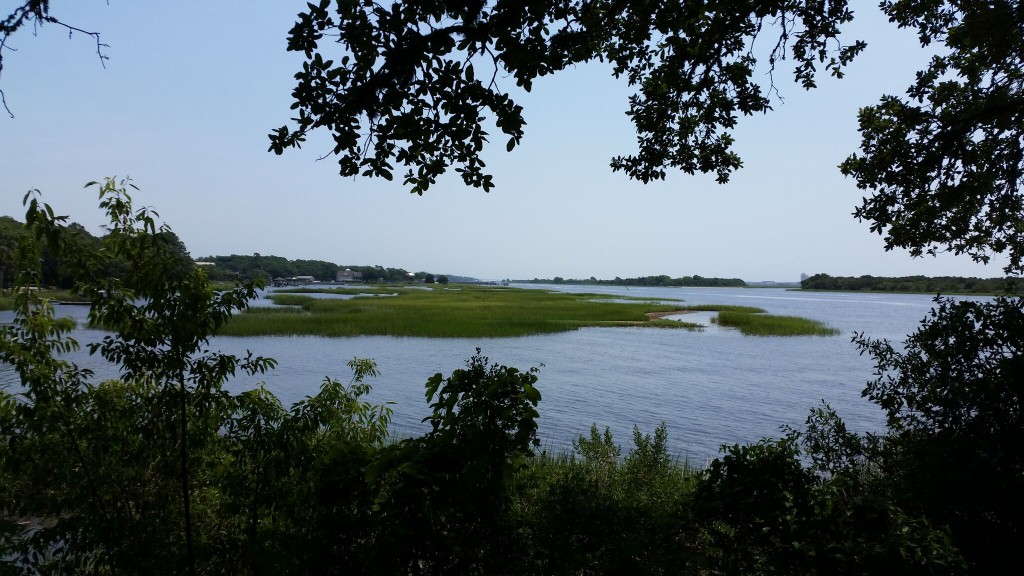 Here is a Gullah house, where some of the slaves stayed. . No they did not have satellite dishes back then.
Here is a Gullah house, where some of the slaves stayed. . No they did not have satellite dishes back then.
In fact, this house is so well preserved because after the Civil War the house was abandoned by the slave owners and the land and cottages were given to the now liberated slaves with the provision that they would take care of the house. In fact the house was unoccupied for 2 sets of 50 or so year periods, according to our guide who herself grew up in this house. This is still a private home, unlike the houses in Bath. Here is what the children and slaves did for fun, bounce on the jeejoggle board…. Here is the front porch of the house…..
Here is the front porch of the house…..
 Here is an outdoor privy, it would appear….
Here is an outdoor privy, it would appear…. The trees are draped with beautiful Spanish moss….
The trees are draped with beautiful Spanish moss….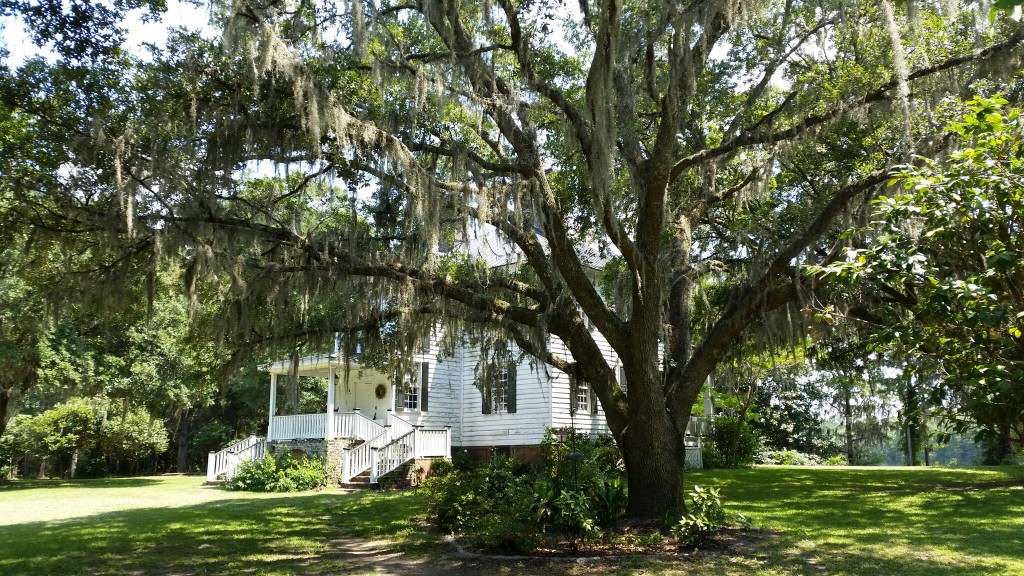
With all the concern in 18th century manor houses with symmetry, this house is anything but the same on the back as on the front…. Notice the protrusion on the back of the house…..
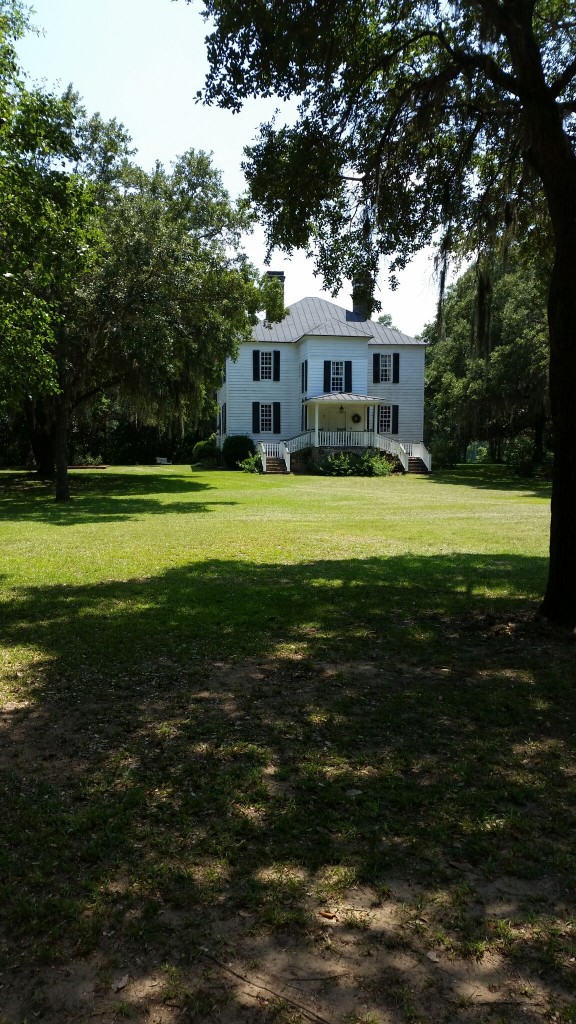
But this 1740 home is no ordinary plantation baron’s home. It was the home of Thomas Lynch, a signer of the Declaration of Independence, and his father would have been as well except for one problem, he had a stroke and couldn’t use his signing hand, which explains the blank space amongst the South Carolina signees. Notice the second column from the left at the bottom of the document, and note the blank space in it. (Picture kindly provided by the U.S. Government Archives).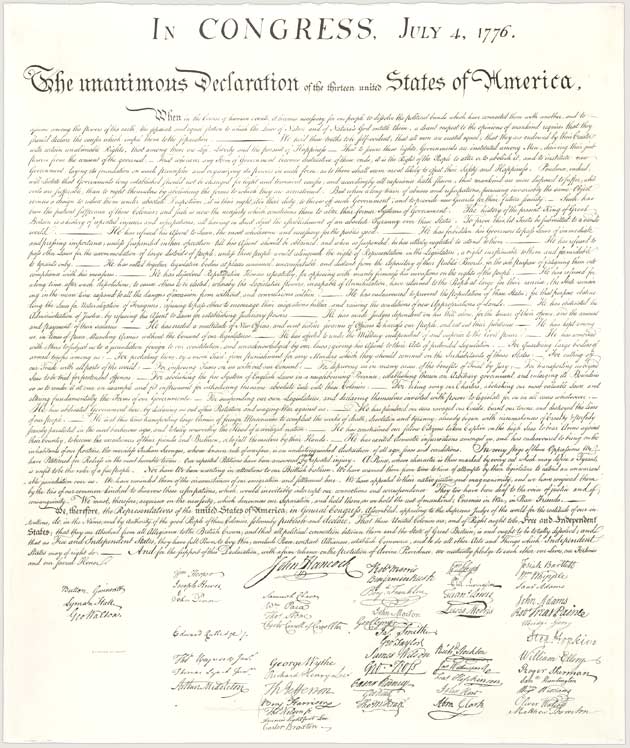 Thomas Lynch’s signature can be seen second from the bottom at the bottom of the second column from the left.
Thomas Lynch’s signature can be seen second from the bottom at the bottom of the second column from the left.




